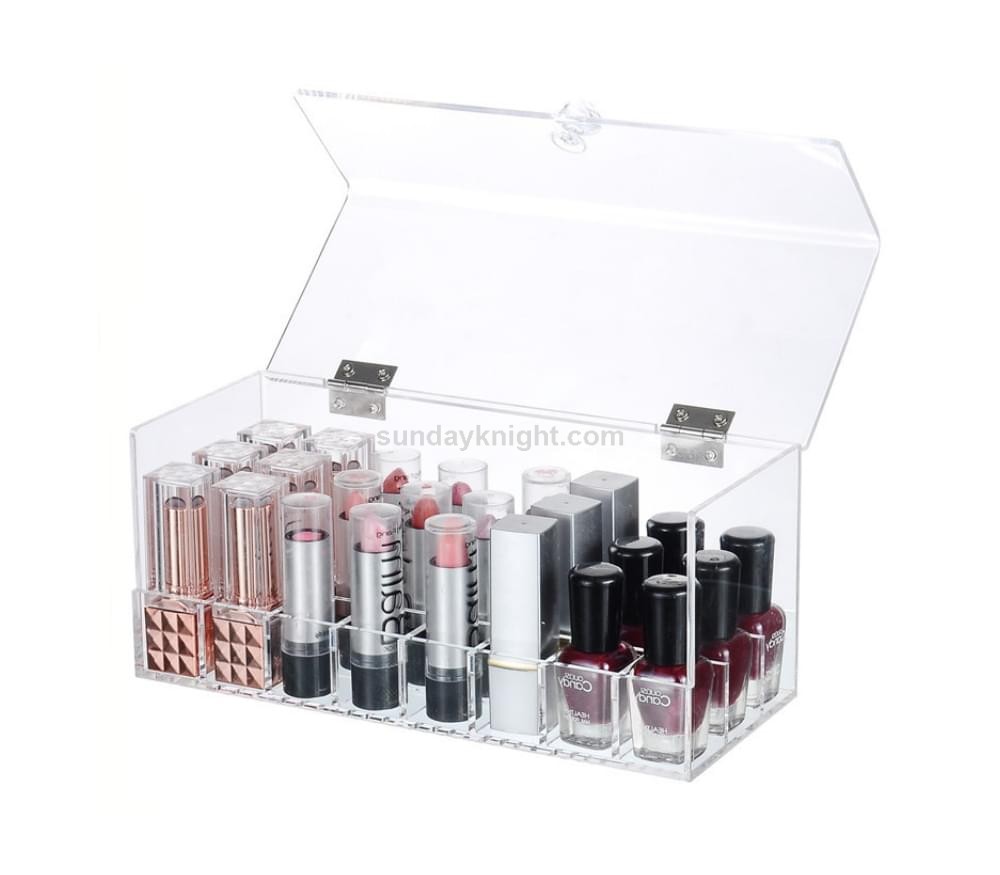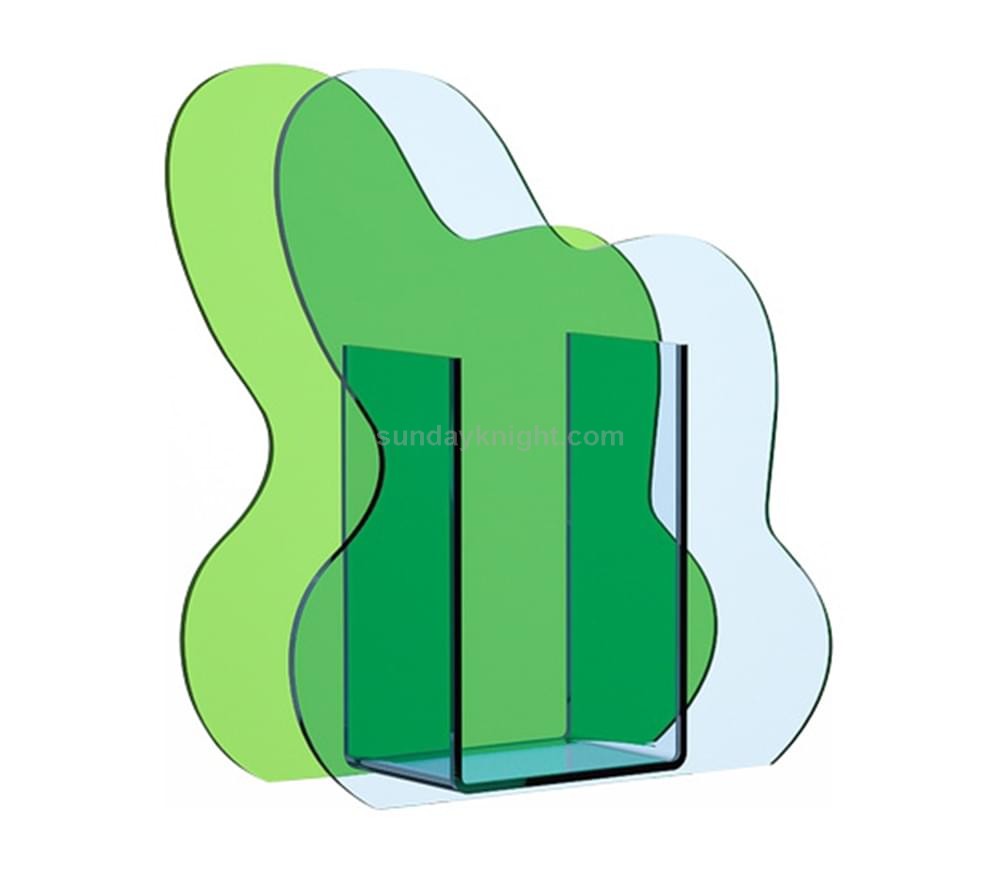The world of manufacturing is a complex web of processes, resources, and market dynamics. It often baffles consumers when they encounter significant price variations for seemingly identical products across different manufacturers. One such example is acrylic products, where the cost of seemingly identical items can differ remarkably from one manufacturer to another. This phenomenon can be attributed to a multitude of factors that contribute to the pricing strategy of each manufacturer. In this article, we will delve into the reasons behind the substantial price differences for the same acrylic product from different manufacturers.



Raw Material Quality
One of the most critical factors influencing the cost of acrylic products is the quality of the raw materials used in the manufacturing process. Acrylic, a type of plastic known for its transparency and durability, comes in varying grades and qualities. Manufacturers who prioritize using high-quality acrylic sheets will generally produce products with better clarity, longevity, and resistance to wear and tear. However, these premium-grade materials often come at a higher cost, leading to an increase in the final product price. On the other hand, manufacturers opting for lower-grade acrylic can offer products at a lower price point, appealing to budget-conscious consumers.
Manufacturing Techniques
The manufacturing process itself plays a significant role in determining the price of acrylic products. Different manufacturers may employ varying techniques and technologies to shape, cut, and mold acrylic into the desired product. High-precision machining and advanced fabrication methods tend to yield products with superior finishes and intricate designs, but these methods may also require expensive equipment and skilled labor, contributing to higher production costs. In contrast, manufacturers utilizing simpler manufacturing methods can produce products at a lower cost but might compromise on the level of detail and precision.
Economies of Scale
The concept of economies of scale is fundamental to understanding price variations among different manufacturers. Larger manufacturers often have the advantage of producing acrylic products in bulk, which can significantly reduce their production costs per unit. These cost savings can then be passed on to consumers in the form of lower prices. Smaller manufacturers, however, may not have the same production volume, leading to relatively higher production costs on a per-unit basis. As a result, their products might be priced higher to cover these expenses.
Brand Reputation and Perception
Brand reputation and consumer perception play a vital role in determining the pricing strategy of manufacturers. Established and renowned manufacturers often command higher prices for their acrylic products due to their well-established credibility, quality assurance, and customer loyalty. Consumers are often willing to pay a premium for products from brands they trust. On the other hand, lesser-known or newer manufacturers might price their products lower to attract customers and establish a foothold in the market.
Market Positioning and Target Audience
Each manufacturer has its unique market positioning and target audience. Some manufacturers position themselves as luxury or premium brands, focusing on high-end consumers willing to pay a premium for superior quality and design. These manufacturers can justify their higher prices through exclusivity and added value. In contrast, other manufacturers might target the mass market by offering affordable options for a wider range of consumers, which results in lower prices for their products.
Overhead Costs and Operational Efficiency
The overall operational efficiency and overhead costs of a manufacturing facility significantly impact product pricing. Manufacturers with streamlined processes, efficient supply chains, and lower overhead expenses can afford to offer their products at competitive prices. In contrast, manufacturers facing challenges in areas like production management, logistics, or energy costs might need to reflect these additional expenses in the final product price.
Conclusion
In the realm of manufacturing, no two companies are exactly alike. Each manufacturer’s unique blend of raw material choices, manufacturing techniques, economies of scale, brand reputation, market positioning, and operational efficiency contributes to the final price of acrylic products. While these price variations may perplex consumers, they are a reflection of the intricate interplay between various factors within the manufacturing ecosystem. As consumers, understanding these factors can empower us to make informed purchasing decisions that align with our preferences and budget.
